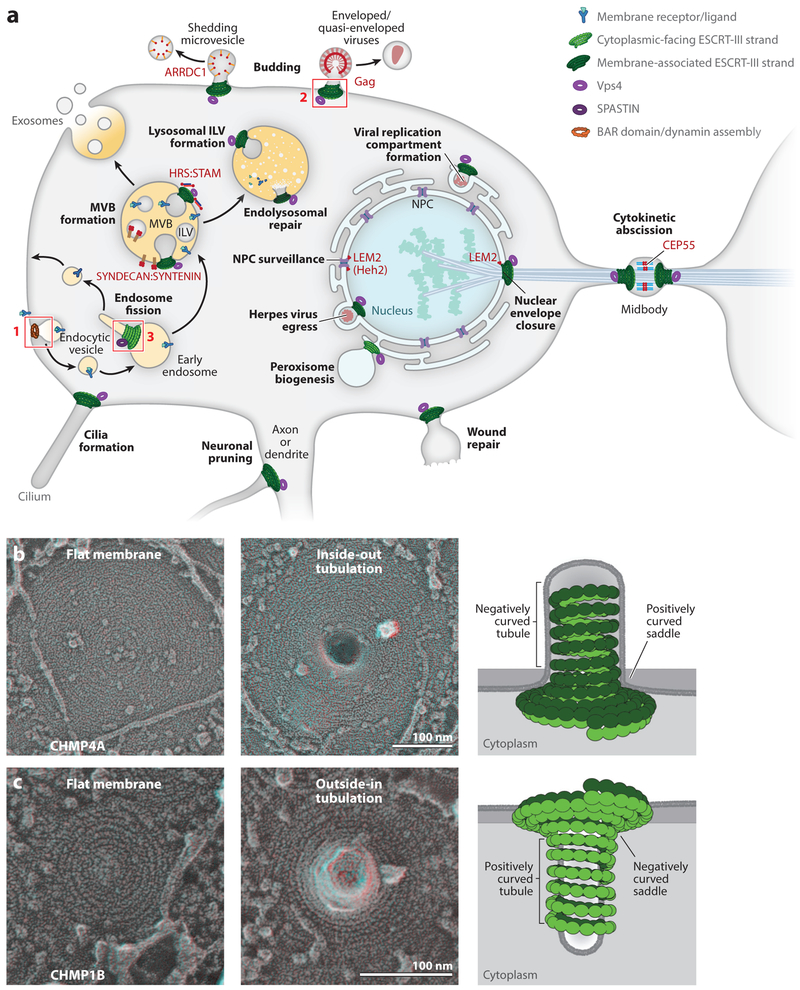Figure 1. ESCRT-dependent membrane fission reactions.
(a) Cellular processes proposed to be ESCRT dependent are labeled in bold, cellular structures are labeled in normal font, membrane-specific adaptor proteins that recruit early-acting ESCRT factors are labeled in red (with human protein names in all caps and yeast protein names, where provided, in parentheses), and a stylized membrane receptor and its ligand are shown in blue/turquoise. Sites of ESCRT membrane remodeling are denoted by stylized double-stranded ESCRT-III filaments (green, with the membrane-associated strand in dark green) and rings of Vps4 (violet) or the related meiotic clade AAA ATPase, SPASTIN (dark purple). Box 1 shows the site of endocytic vesicle formation, with stylized BAR domain/dynamin assemblies (orange) formed about the neck of an endocytic vesicle. Box 2 shows the site of enveloped virus budding, with double-stranded ESCRT-III filaments stabilizing a negatively curved membrane tubule (see panel b). Box 3 shows a site of endosomal vesicle formation, with double-stranded ESCRT-III filaments stabilizing a positively curved membrane tubule (see panel c). Abbreviations: ILV, intralumenal vesicle; MVB, multivesicular body; NPC, nuclear pore complex. (b) Filaments containing the ESCRT-III protein CHMP4A can stabilize flat membranes and negatively curved plasma membrane tubules and thereby promote inside-out membrane fission reactions. The left and middle panels show electron micrographs of human cells overexpressing CHMP4A under conditions of reduced VPS4 ATPase activity (Hanson et al. 2008, McCullough et al. 2015). These electron micrographs show that cytoplasmic filaments containing CHMP4A can assemble on flat membranes (left panel) and can promote membrane tubule extrusion and coat the interior of the negatively curved tubules, consistent with a role in inside-out fission reactions (middle panel). The right panel shows a schematic depiction of the middle panel (side view), (c) Filaments containing the ESCRT-III protein CHMP1B can stabilize flat membranes and positively curved plasma membrane tubules and thereby promote outside-in membrane fission reactions (Cashikar et al. 2014, Hanson et al. 2008, McCullough et al. 2015). The three subpanels in panel c are analogous to those in panel b, except that CHMP1B promotes membrane tubule invagination and coats the exterior of the positively curved tubules. Panels b and c are adapted from McCullough et al. (2015) and reprinted with permission from AAAS.

